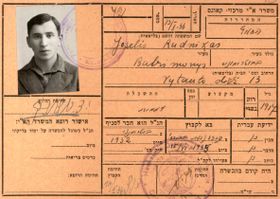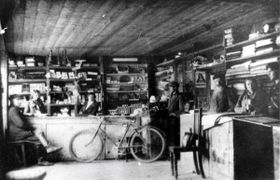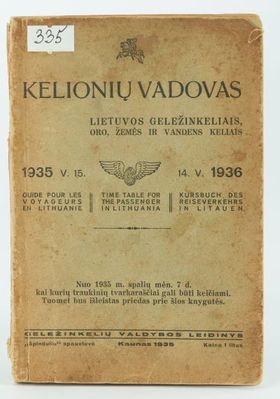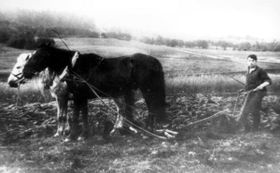Tragic Exodus


A Journey to Remember
In 1915, with the stated purpose of preventing spying and treason, the Russian Empire forcibly relocated several hundred thousand Jews in wagons to the interior of Russia.
Among them was Pesya Fuks from Šeduva, accompanied by her large family. Born in 1915, Pesya faced considerable stress and fear in her early days:
"As a baby wrapped in a blanket, we had to walk a long way on foot to the train station. My mother later recounted an incident where she almost lost me. I was bundled up, and my mother asked another woman to hold the 'bundle' for a moment, meaning me. The woman, unaware of a baby inside the blanket, placed me among other bundles. After some time, my mother returned and inquired about the girl. The woman replied, 'You only gave me a bundle.' They searched and found me among all the luggage."
Later, this narrative almost became anecdotal, yet the truth remained deeply harrowing. Cossack units, who entered Šeduva, assaulted local Jews, looted their homes and shops, extorted money, and raped women.





